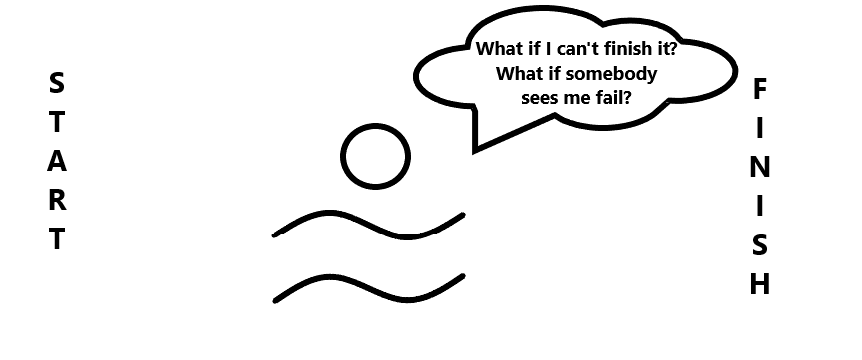
You’ve always had the power my dear, you just had to learn it for yourself.
Glinda, the Good Witch
Visit our shop for cool triathlete merchandise!
Subscribe to receive updates and exclusive content!
Since I have decided to start with the shortest mountain and go towards taller ones, second on the list is (obviously) Antarctic’s Vinson Massif. Well, at least doing it virtually I don’t have to freeze my butt off or do any rock climbing. Since I’m afraid of heights, that would have been ‘fun’.
Day 1

I took up Vinson Massif the very next day after finishing Mount Kosciuszko. I will later realize it was a stupid idea and rest days are indispensable.
200 floors per day was quite a workout, but when I did the math, I realized I would never get anywhere. Therefore, I upped my game to 250 floors per day. It was miserable, but I am sure it will make me stronger.
Picture courtesy of mini-me. I am surprised how good I look.
Day 2
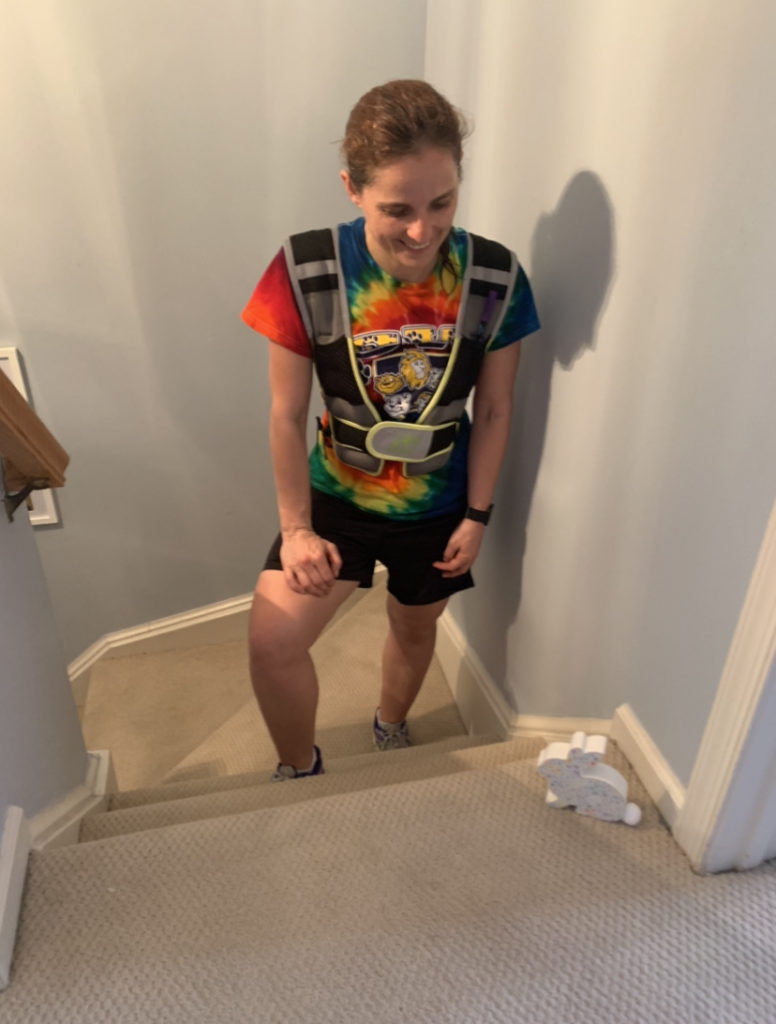
Happy Easter! (to those who celebrate it)
Once again, my mini-me photographer was there for me. I know for a fact she thinks I’m a bit crazy and way too into working out.
Fun fact: that shirt stains like CRAZY. My sports bra underneath was white beforehand. Now it looks like an Easter egg.
Day 3
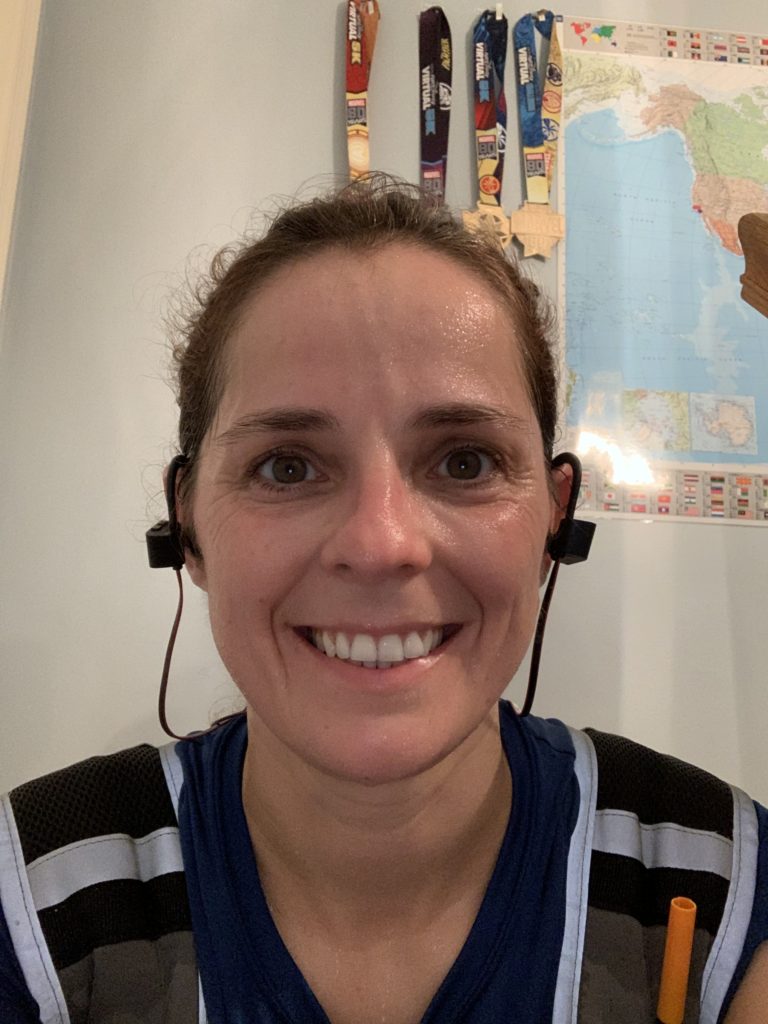
I was really tired in the morning. I don’t think that a workout helps with exhaustion, but at least I got my heart rate up and blood flowing, right?
Day 4

I really wish I could say things got better on Day 4 relative to Day 3… I seriously thought I would end up tumbling down face first. I figured it makes for an interesting shot 😉. (and yes, with every passing day, it gets harder and harder to come up with an original idea for a picture)
Day 5
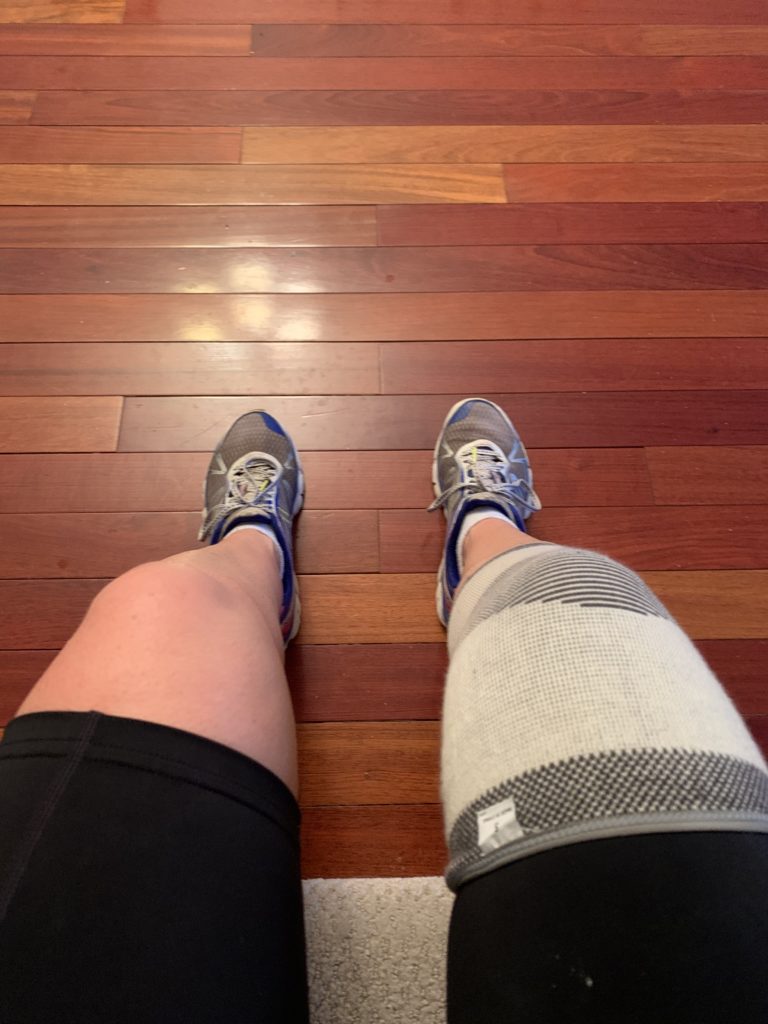
You may or may not recall my accident back in October. Here is when the subject came up: all this walking up and down the stairs started to take real toll on my knee. This compression sleeve helps a little, but not as much as I’d like. I am pretty sure that not having a rest day didn’t help my knee. So from now on – sleeve on the knee to help it survive my craziness. Say no to injuries!
Day 6

I know I’m not looking so hot in this picture, but trust me: I’m excited. That’s because the next day was going to be the day I reach the top!
Day 7: Finish line!
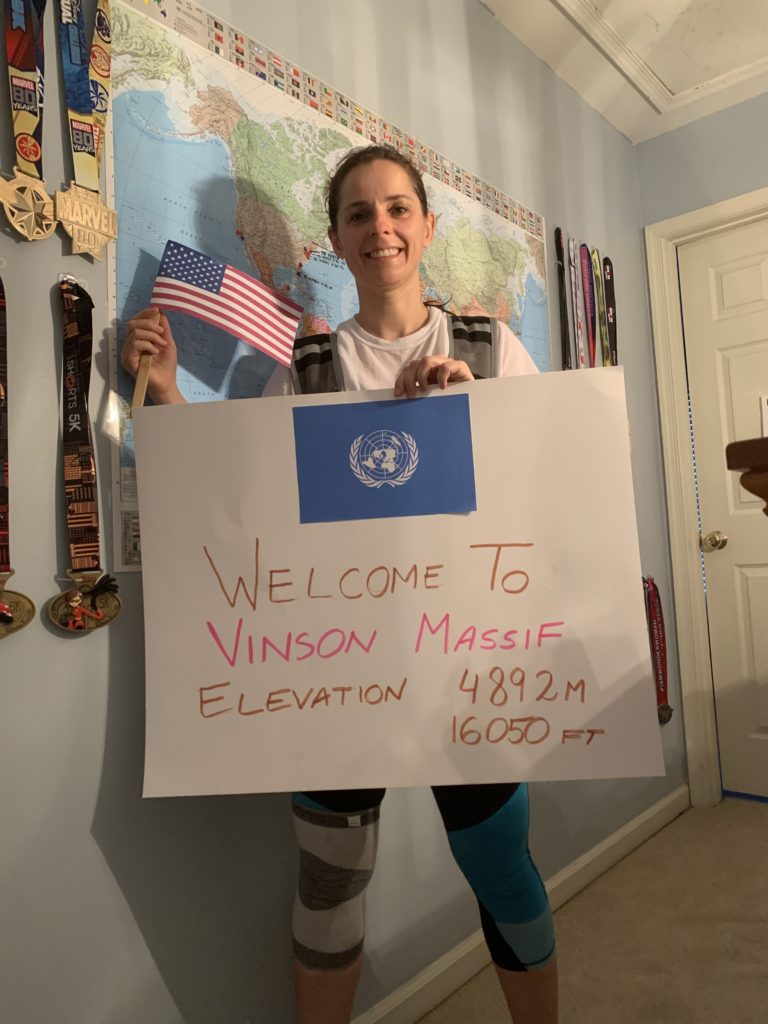
Banged up, but happy. I have learned first two lessons: I need rest days and my knee can’t survive this kind of punishment. Actually, last day was the best one of all my climbing days on my way to Vinson Massif. Fingers crossed that next mountain will be easier!

Everyday may not be good, but there’s something good about every day.
Alice Morse Earle

Not all running training is the same. You are unlikely to keep yourself at high mileage year-round. And have you looked at training plans? They tend to say you should have basic level of training. Today, we will talk about phases in your running training.
Let’s back up a bit: why different phases? The need for last one is self-explanatory 😜. But seriously: you need variety of training. If you do the exact same thing week after week, boredom may set in. That just leads to giving up! It also increases your fatigue and risk of injury. Lastly, you increase your chance of hitting a plateau. Honestly, none of these sound like a good plan.
Base

Here is the funny thing: I swear there are two different ‘base training’ stages when it comes to marathon training! When you look at marathon training plans, they say you should be able to run certain number of miles comfortably first. But when you start the actual training plan, you have a base training period again! I guess it’s a bit different though. The first one is about giving yourself something to work with, the second one is more of an actual training.
This phase is most dependent on what you are starting with and can take anywhere between 4 weeks and 6 months. Well, it also depends on what you’re going for… If you are training up for a 10-miler, it will be significantly shorter than building up to a marathon.
What kind of training to do in this phase? Mostly relatively light running, but with steady increases of mileage. There will be little (if any) speed work. Your weight training will also focus on your general fitness. Based on my personal experience and advice from my coach: make sure to build up strong core. It helps your posture while you run and will help prevent back problems (ok, so that’s more of a cycling problem, but not looking like a 100 year old grandma when you try to get off the couch seems like a good idea).
Preparation
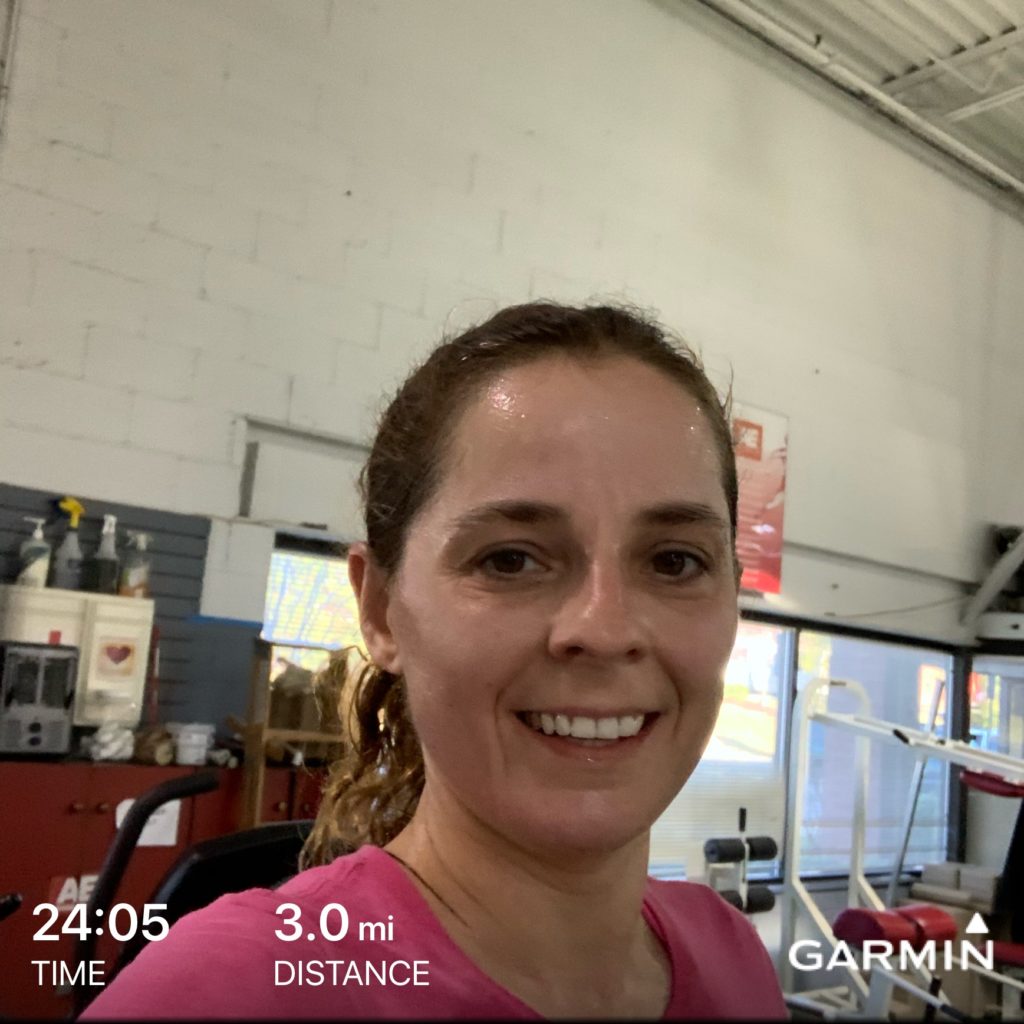
You think your base is good now and you’re ready for race prep? Welcome to phase two! Time to work on getting stronger and faster. Sort of in that order. Now you will be working on those intervals and tempo runs. (Have I mentioned I love tempo runs, but hate intervals?)
You’ll be spending 4-8 weeks in here. Personally, I think this is where it’s easiest to get hurt. You’re also getting closer to race day, so be careful, so you don’t take yourself our just before the race!
Your strength training during prep phase becomes more running-specific. Choose exercises that strengthen your legs and directly correlate to your running (lunges anyone?). You should work on your functional movement.
Peak
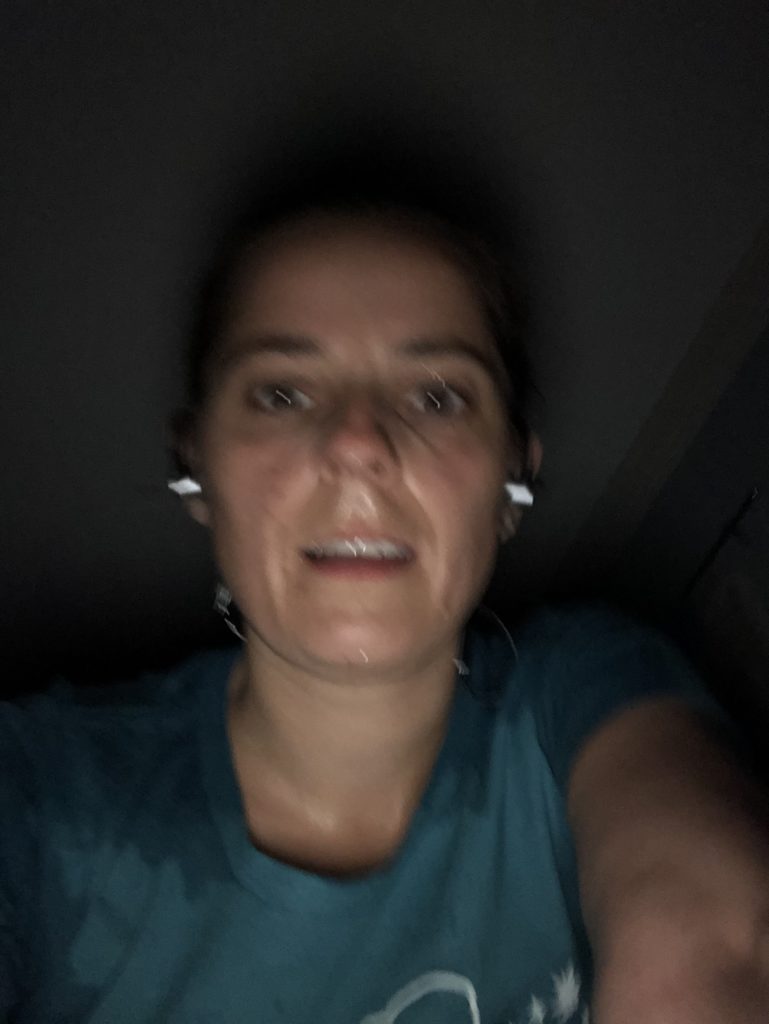
This is also known as the speed phase. You can maintain it only for a few weeks, as it will take a toll on you. Peak phase is all about pushing your limits and preparing your body for running your race at best speed you can.
Taper

Slow down and smell the roses! The hard work is done! For somewhere between 1 and 3 weeks (depending on race distance and the level you are on physically), you will do shorter, easier runs. Hopefully, it will make you eager for race day! Many people don’t think about it before, but after completing 4+ month training program, you are frequently physically and, more importantly, mentally exhausted and you just want this whole thing to be over with. Taper allows you to start missing running some. It’s also when your whole body will need to fully recover from any damage and fatigue the training caused. At some point, you will carb-load, too! You will need to focus on your body storing energy, electrolytes and water that it will burn through on race day.
Race day (technically not a phase of training)

While this is not considered a phase in training, I thought it’s important to mention it. After all, this is why you were doing the whole thing, isn’t it?
Since delay of Tokyo Olympics was just announced, I thought it would be a good moment to mention the need to peak at the right time. At some point, there was a conversation about athletes needing to peak at the right time. I guess giving them an extra year allows for new training cycles. But when they were talking about delaying that by a month or two? Look at the duration of phases above. They only had about 4 months left and I heard some rumors about postponing them to the fall. Can you imagine? I think full year gives athletes a lot better chance to regroup and for the coaches to create new training plans.
Recovery

So you’re done with your big race? Congrats! Sore? Probably. Tired of running? Possibly.
Duration of recovery will have a lot of variables. It will depend on how well you prepared for the race. How much you gave on race day. Weather on race day (believe me – if it sucks, it will take a lot more out of you). Your body’s general recovery ability. Answers I’ve seen online range from 2 to 6 weeks. But in all honesty, it will have to be your individual decision.
During recovery phase, you run shorter distances at slower speeds. Main point of it is not to lose too much of your fitness. You worked so hard for it after all! Make sure that you pay attention to the lower ends of it. I once made a dumb decision to sign up for Walt Disney World Marathon in early January after Philadelphia Marathon in late November. I will be nice about it and say it wasn’t one of my best ideas. Yeah, I’m being too kind: it was a really, really, really dumb idea. I did amazing in the first race and pretty well in the second one, but I had a really hard time recovering from Disney Marathon. Learn from my mistake – give yourself more time to fully recover.
Visit our shop for cool triathlete merchandise!
Subscribe to receive updates and exclusive content!
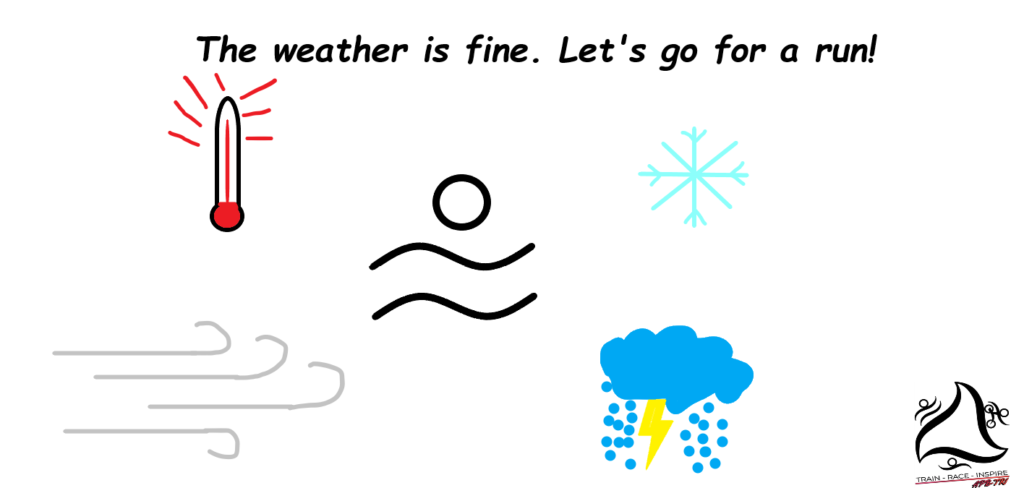
Sport is not about being wrapped up in cotton wool. Sport is about adapting to the unexpected And being able to modify plans at the last minute. Sport, like all life, is about taking risk.
Roger Bannister
Visit our shop for cool triathlete merchandise!
Subscribe to receive updates and exclusive content!
Day 1:
I started on Monday, April 6th with Mount Kosciuszko, tallest mountain in Australia. My beginnings were full of hope:

I did 200 floors (2800 steps) on day 1 and was surprisingly sweaty and a bit loopy after:
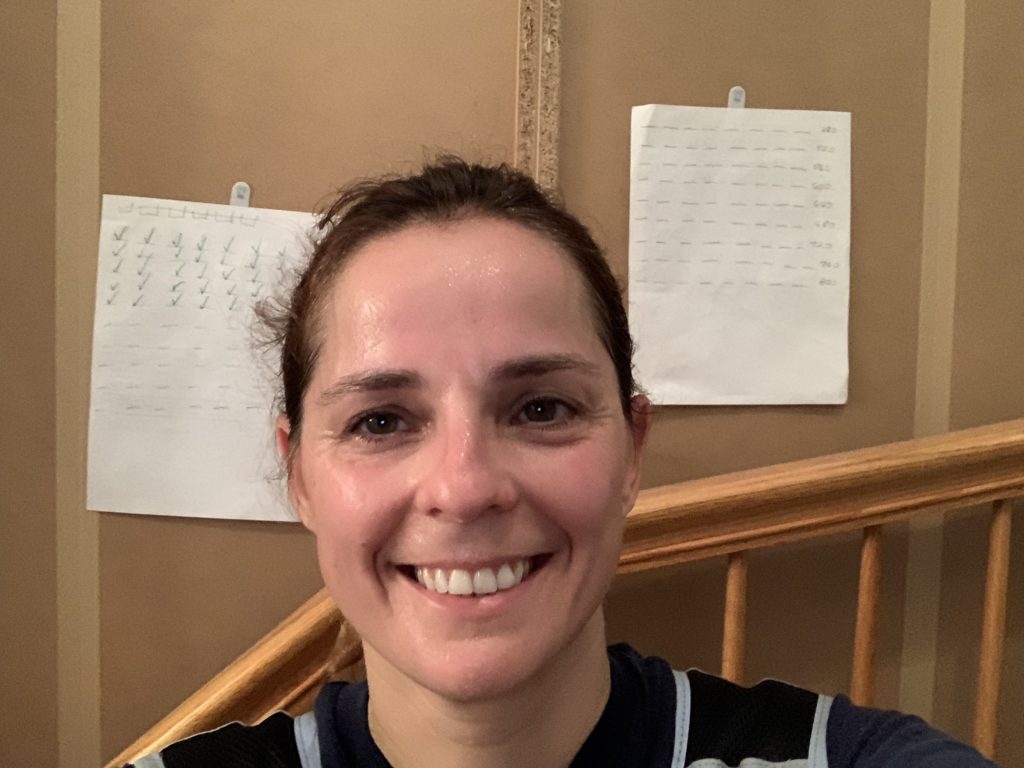
I thought that I was in great shape before. I did learn though that walking up and down the stairs is a different thing. And that vest… It makes the whole exercise harder and I could feel it in my shoulders. It was also a day after my long run (16 miles, 20 lbs vest on my shoulders), so maybe I wasn’t in the greatest of shapes to begin with?
Day 2:
I was definitely feeling my legs from the first day, but still full of enthusiasm:
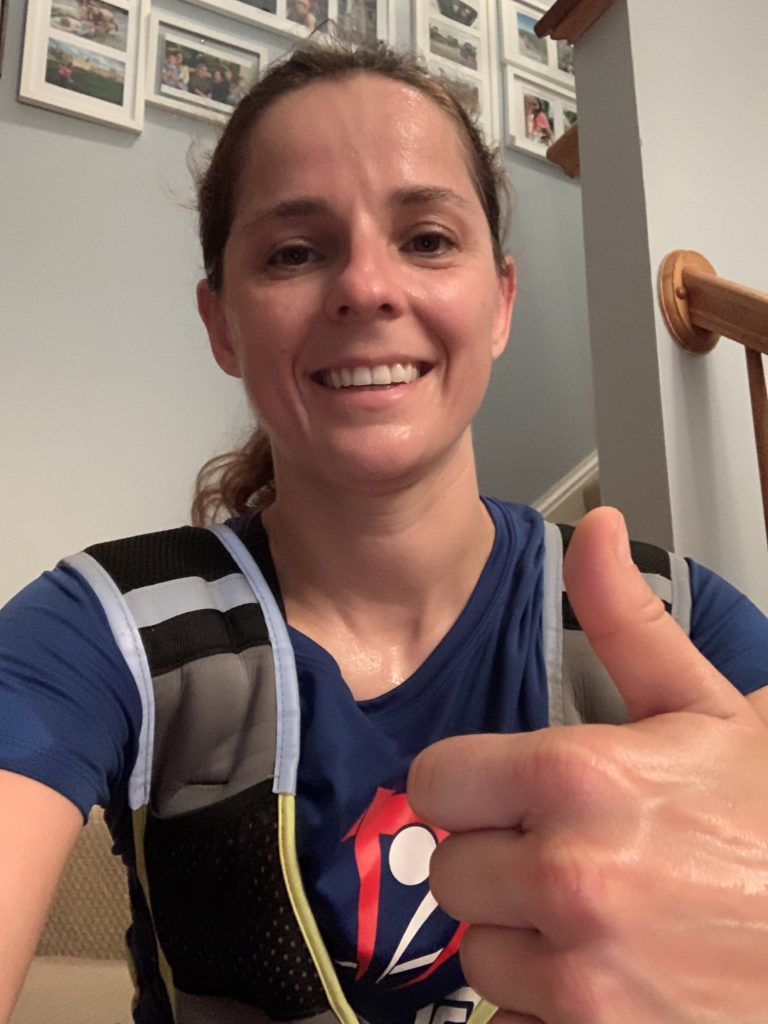
I learned an important lesson that day: I have to be more careful about turns on my stairs. It got pretty hard on my knee. The key turned out to be switching which leg I am standing on when I turn. It needs to be the one on the inside. I don’t know why, but it works. I might work out eventually why it works. After all, I have a lot of time to think about it when I walk up and down the stairs. Note on occupying time while walking: I sweat so much that looking down at my phone is tricky. I end up with sweat in my eyes and the screen acts up when sweat drips on it.
Day 3:
This day was not exciting… It was just the put-one-foot-in-front-of-the-other type. I went surprisingly fast, despite feeling a bit sore. I have a feeling that those middle days will always be challenging. For taller mountains, there will be more middle days. I suspect that the last day before summit will be exciting though after a week or two of climbing.
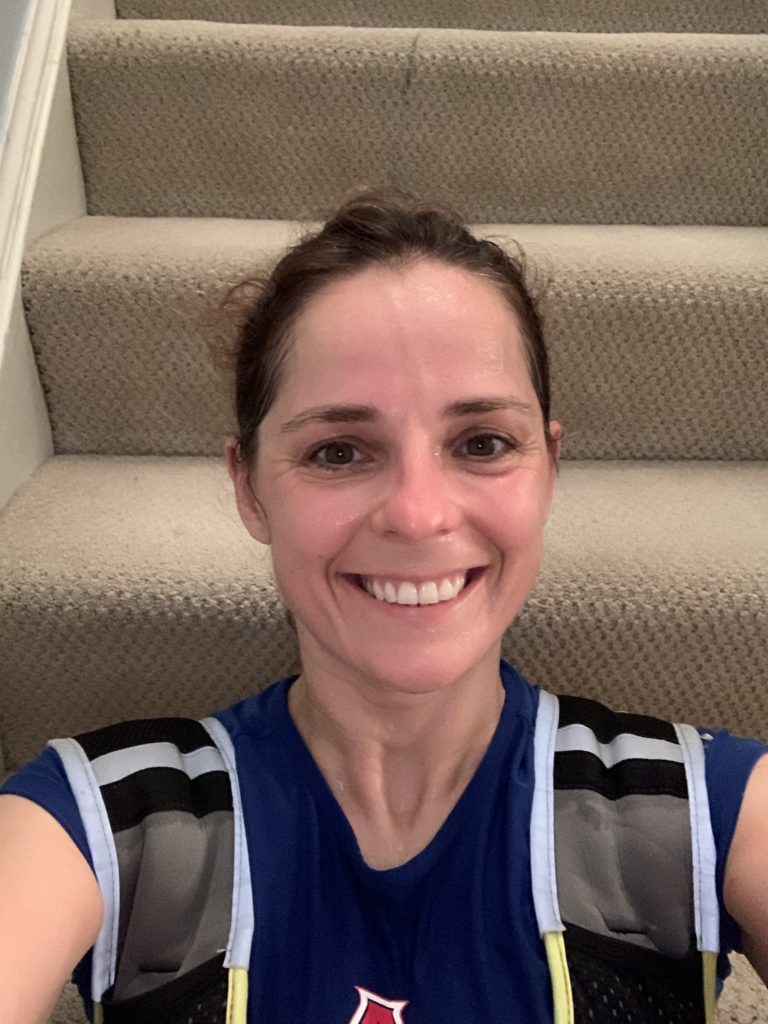
I stopped staring at my phone while climbing. I am pretty sure that’s what made all the difference in the pace. After all, I didn’t have to worry as much about stepping wrong. Falling down the stairs started to become a real fear. I missed staring at social media and such, but I got to listen to podcast. I have enjoyed those for a while. They were a lifesaver in here!
Day 4:
I made it!!! 🎉🎉🎉 I have now virtually conquered the tallest mountain in Australia 😊
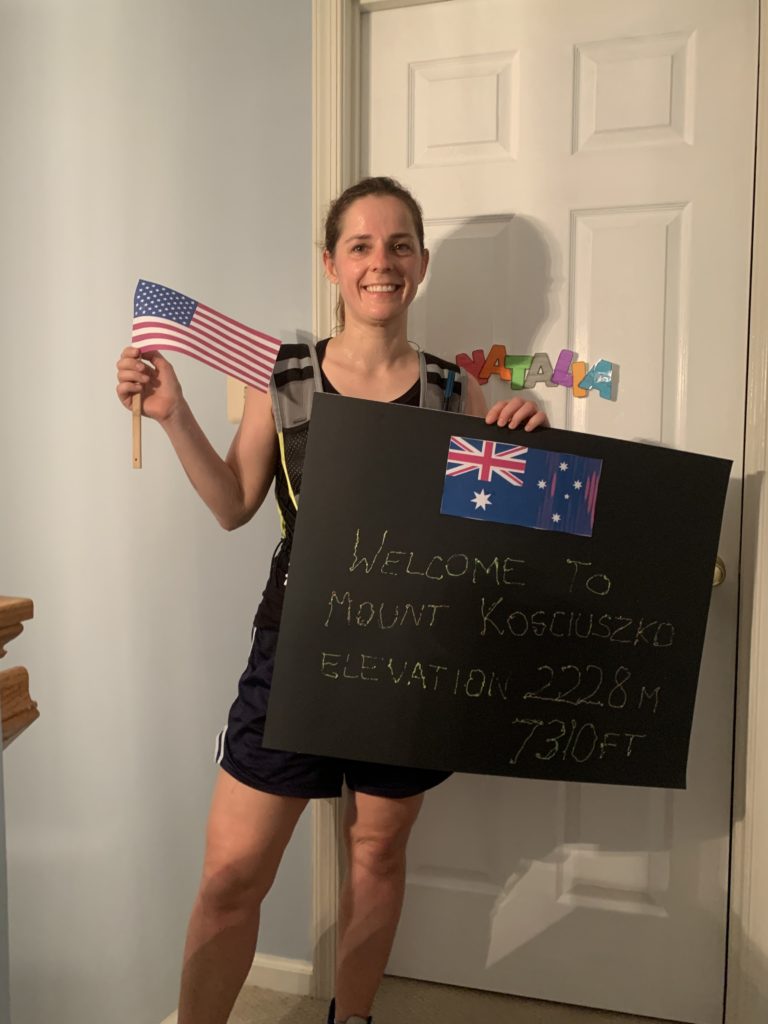
I think it was the excitement for accomplish the goal, but today’s climb seemed not as bad. It also had 4 fewer floors, but that’s not really that much of a difference, is it? Well, I probably walked up those extra floors with mini-me trying to film and take pictures 😆
Now I get tomorrow off and I will be back at it on Saturday to get to the top of Vinson Massif, tallest mountain in Antarctica.
When your mailbox and social media feeds look kind of like this:

it’s really hard not to get discouraged and demotivated. My Ironman Maryland wasn’t cancelled yet. I say yet because my money is on it being cancelled. I saw yesterday a post from somebody saying that their August Ironman in Europe was getting cancelled. I am not optimistic about my prospects in here.
Last weekend I was scrolling through my social media. It’s mostly filled with inspirational people and various athletes. I saw a page Mount Everest In A Month. I thought ‘oh, let’s do it!’ But I am an overachiever… So this is how my challenge started: I will climb stairs to match height of tallest mountain on each continent.
Here are the assumptions I used:
Report from the first mountain is coming up tomorrow!
(Obviously, reports are not going to be a regular weekly occurrence – I will report the next day after finishing)
Guess what question the internet doesn’t want to answer… I just read a large number of articles talking about how great exercising is for your well-being and energy levels. But none of them answered question I was recently posed by a friend of mine: how long until I will start feeling that extra energy???
My energy level most days can be described as ‘cheerleader who made her coffee with Red Bull’. But it wasn’t always so. So naturally, I get asked how my constant working out created this energy level. After all, most people look after their workouts something like this:

Rather than like:

A lot of research focuses on how exercise helps with giving you more energy. They talk about the mitochondria and cardiovascular health and plenty of other scientific data. However, most of us are focused on: I want to have energy. When will that happen. So here is a few things I have figured out for the timeline of feeling better:
Immediate benefit
Have you ever tried to stay awake and did it by just walking for a couple of minutes? I sure did… I am not very good at sitting for long. I also remember when my daughter was a newborn and I would try staying up at night. A couple of minutes of walking back and forth around the house would wake me up. So I guess this counts, right? Then working out can immediately make you feel less tired by getting your heart rate up and blood flowing.
After a couple of days
Sleep. Need I say more? Exercise improves your ability to fall asleep and the quality of sleep. Effects of good night’s sleep can be felt in a day or two, so that’s another fast-acting help with energy levels. Word of caution though: for a good chunk of population, working out too close to bed time may make it harder to fall asleep. Try working out a bit earlier in the day
Long term
This is where the main point of the question is, isn’t it? So nobody would commit to a timeline, but generally, it appears to be a few weeks. My friend was complaining because she wasn’t feeling any better despite having been working out for months. She said that she always feels more tired on the day she worked out. I think this sentence explains what the issue is. Strenuous exercise will leave you beat and devoid of energy. The question is what is intense for you, as it varies between people (and may vary for the same person depending on the day). For me, 10 mile run may be just an average workout, while to somebody else an hour long walk is pushing it. It depends on your fitness level. Either way, if you tucker yourself out, don’t expect to be full of energy for the rest of the day. You may even need a nap. On your days off, though, you should notice that doing the same things requires much less energy from you. And if you stick to the same routine? That hour long walk that used to leave you winded will feel like a nice stroll in the fresh air.
So what if you always feel tired after gym session with your personal trainer? Good chance is that without you noticing it, your trainer has been raising the bar to keep your exertion at the same level. You are getting stronger, don’t give up!
Visit our shop for cool triathlete merchandise!
Subscribe to receive updates and exclusive content!